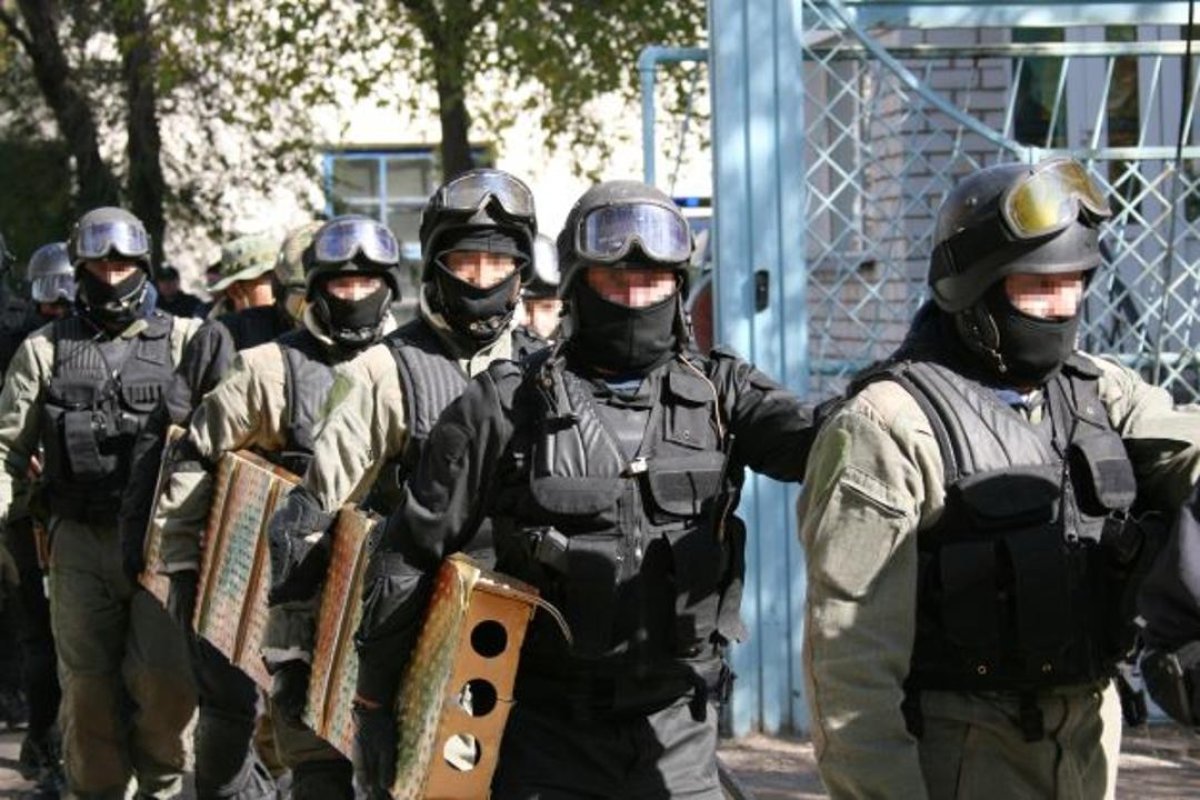Named after a Russian port, where the headcover was first used

The balaclava, also known as a knitted helmet, is a convenient and practical headgear that covers the head, forehead, and face, leaving openings for the eyes and nose. Sarbaz.kz shares the history of the balaclava, explains its name, discusses its contemporary uses, and its connection to warfare.
The history of the balaclava is intertwined with the harsh weather conditions faced by British troops during the Crimean War. During the siege of Sevastopol in the cold winter of 1854, British troops found themselves stranded in the small port of Balaclava, located 15 kilometers from the city. The condition of the road connecting Balaclava to the besieged city made it impossible to transport food and supplies. Soon, soldiers began to suffer from hunger and frostbite. Newspaper articles in The Times vividly described the inability of the British commissariat to provide winter clothing for the troops. The resulting public outcry led the commissariat to distribute protective clothing in the form of knitted hoods that covered the upper part of the head, as well as the ears and neck. These hoods came to be known as "balaclava helmets." The name stuck and became established, including in the Russian language.
After the end of the war, balaclavas found their place in civilian life. Among the first to discover the benefits of this headgear were skiers and snowboarders. Such a head cover not only protects athletes from cold and wind but also wicks moisture away from the body.
The balaclava has become an integral part of the uniform for military special forces, police officers, firefighters, and special operations personnel. It is convenient and multifunctional, masking the face and providing protection against dust, wind, and cold. Military balaclavas are suitable for anyone, regardless of gender or head size. If rolled up, it can also be worn as a simple hat.
In addition to those who use the balaclava for its intended purpose, it has gained popularity among many celebrities worldwide. International fashion houses regularly incorporate this accessory into their new collections.